Where did this whole male-female gender thing start? How do we understand transvestism (or cross-dressing) today? Which historical figures have led the way? Who has performed gender in the performing arts? What is the difference between transvestism, transformism and drag?
By Rubén Antón
The origin of gender
To summarize it all a bit, I could tell you that a great part of our problems with oppression came about with the inquisition in the 15th century, that moment in history in which the Catholic religion in the Spanish territory established the gender roles that we understand as 'men' and 'women' in our society today, the hegemonic hetero couple that we have been sold as 'Adam and Eve' and their function in society. Adam being the male, the one who has the responsibility to maintain the hegemonic family model and that poor Eve who, misogynistically speaking, is at Adam's service, always caring, always willing and always complacent, who ensures healthy and well educated children to Adam, the real protagonist of the story. This shitty story that does not correspond to reality.
Sexual orientation, gender expression and identity
We will begin by separating three key concepts around which all this revolves: Sexual orientation, gender expression and identity.
1. Sexual orientation
The sexual orientation is what comes from the heart and the affective bonds of choice for pairing, sexually speaking. Being queer, lesbian, bisexual or pansexual. Emotional ties between non-heterosexual people would correspond to the L, the G and the B of the collective. LGTBIQA+.
2. Gender expression
The gender expression is what people look like 'at first glance'. This is where the sissy feather which would be the femininity in men, and the dyke feather which would be masculinity in women comes into play. Let us not forget that everything we are proposing here always starts from the binary, from that Adam with masculine gender expression and that Eve with feminine gender expression as hegemonic models to follow.
This is where the transvestism enters, to put it simple: you are one thing and you look like another. Why? Because men in this society behave and dress in one way and women in another, which is accepted and established as 'the norm'. Because there are clothes for men and clothes for women.
3. Identity
And finally we have the identity, the how you feel and who you are. Your soul. Regardless of who you like as a sexual partner or your affective ties of choice, and regardless of what you look like, for I believe our gender expression is always in continuous transition. Or is it that we don't distinguish babies by blue and pink? So what if, as writer and illustrator Roberta Marrero says, "you are born a green baby"? Let this be clear: identity can only be established by each individual perso themselves.
Stop and think for a moment about the number of combinations we can make with just these three concepts. Let's imagine a woman, because her identity is female, but her gender expression is masculine, so she looks like a man, and she likes both men and women, so she is bisexual or pansexual. All this even without going into whether this person has a vulva, penis or intersex genitalia. The human being is not as basic and binary as they want us to believe.
The letter I of the LGTBIQA+ Collective
Having said that, I would like to dedicate this paragraph to intersex people, the letter I in the LGTBIQA+ collective. That letter is often forgotten when talking about the queer community, although it is the one that really raises the true paradigm of gender and that is the physical evidence that gender, just like sex, IS NOT BINARY. Approached solely from the "you have a vulva = you are a woman" and "you have a penis = you are a man". From here I want to send this message to the intersex community: THANK YOU FOR EXISTING. You are a key piece for the abolition of gender.
Historical figures in the history of transvestism
To provide some general knowledge, I feel obliged to do justice to four historical characters of past centuries and of great relevance in my research on transvestism:
- Margarida Borràs, the oldest trans referent of which we have evidence for in Spain, who was executed for transvestism in the 15th century in Valencia for being 'a man' who dressed and lived as a woman.
- Eleno de Céspedes, a mixed-race transvestite surgeon of a Moorish mother and Grenadian father who lived in the 16th century.
- Catalina de Erauso who lived as a man in the 17th century and published her autobiography titled 'La Historia de la Monja Alférez' (The History of the Nun Ensign) and
- Sister Fernanda Fernandez, a Capuchin nun in the 18th century who, after years of religious office, was forced to dress and live as a man because of her intersex genitalia.
Margarida Borràs
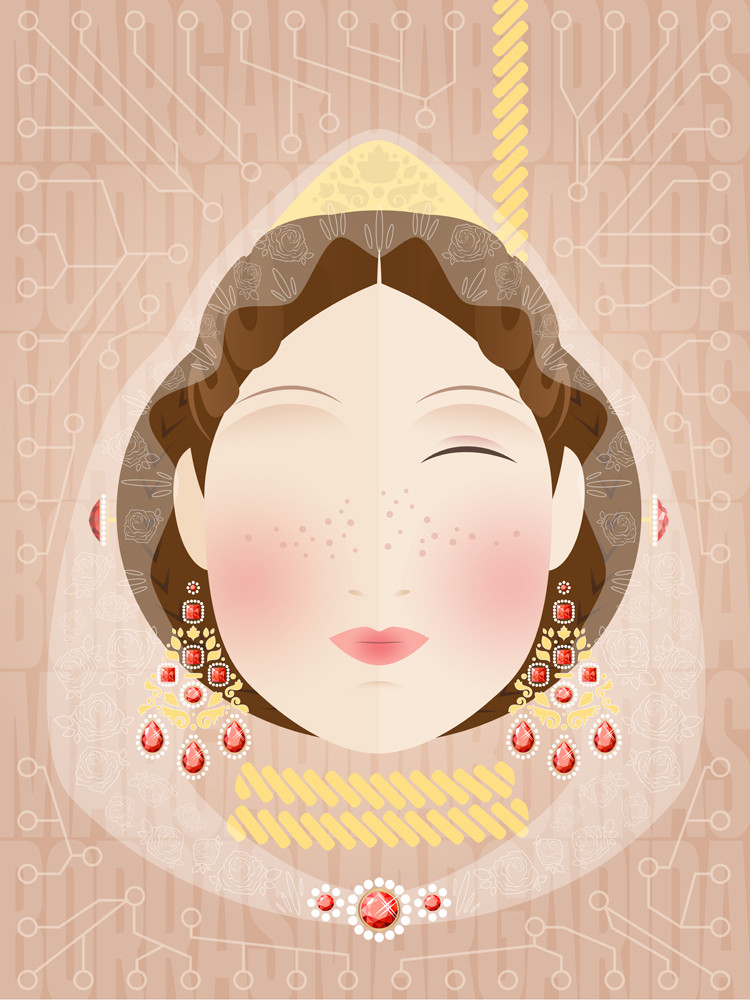

Eleno de Céspedes
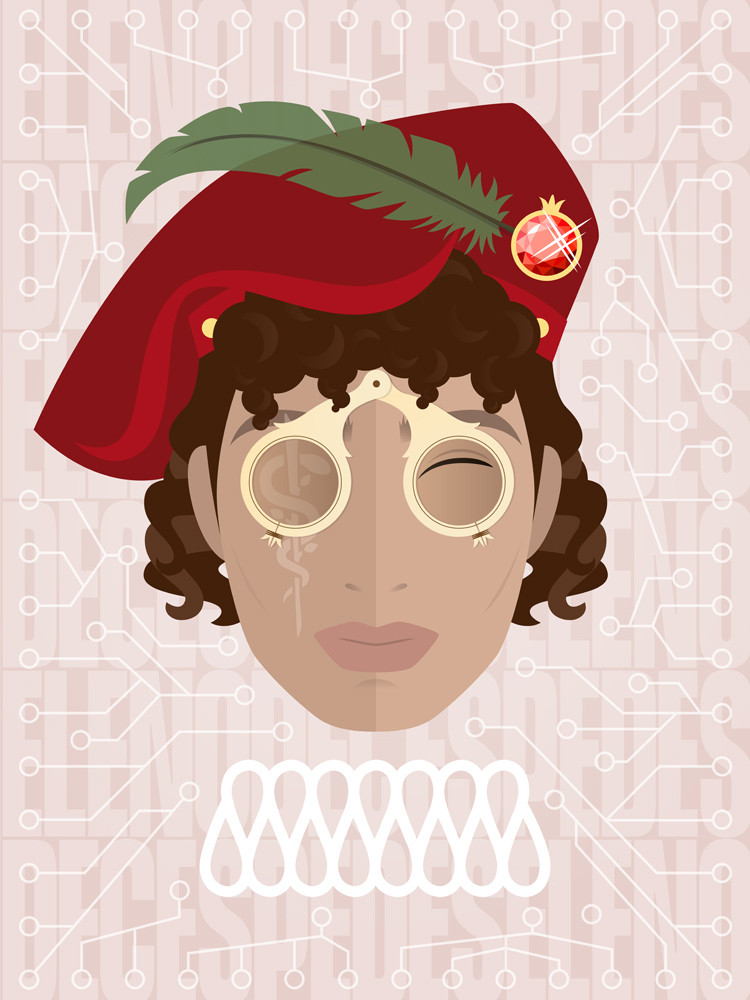

Catalina de Erauso
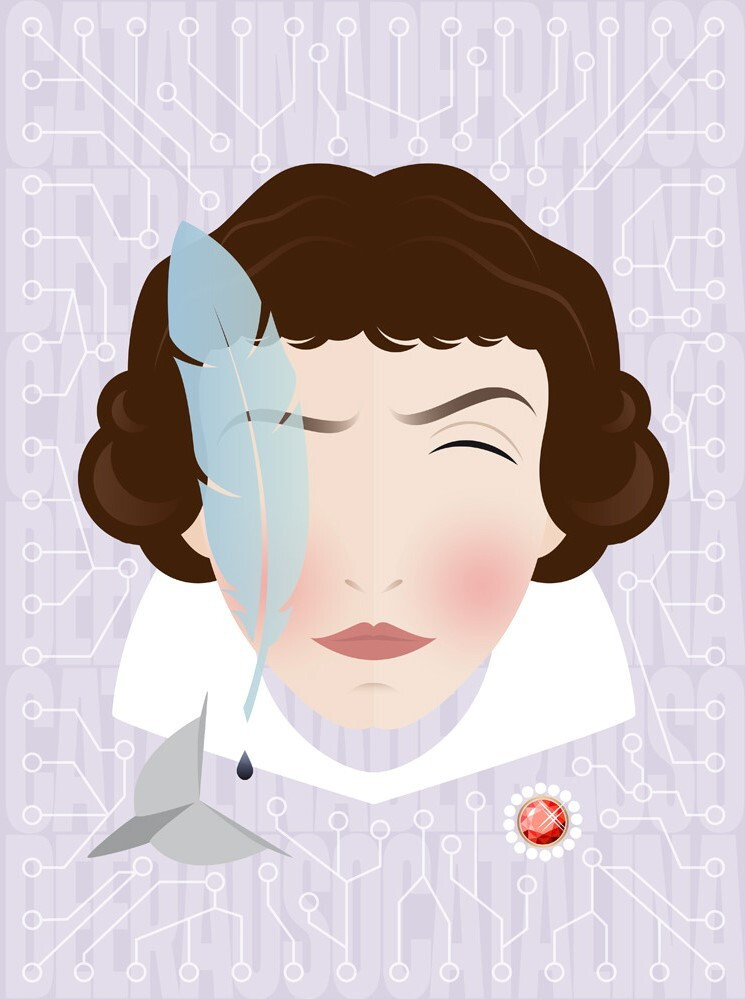

Transformism, the art of transformation
At this point in transvestism history, we arrive at the end of the 19th century, where we find Leopoldo Fregolithe father of transvestism of Italian origin, internationally known for performing more than a hundred characters on stage, both male and female and from different social classes. In the early twentieth century, we have the artistic daughter of the great Fregoli, Fatima Miris, also Italian, who represented male characters on stage.
In the end, transformism is the art of transformation, the art of transforming oneself. And these two artists were specialists in playing with gender, with the masculine and the feminine, among an audience that applauded them and understood them as magicians of disguise.
This same 'disguise' of transformism was banned unconditionally during the Franco dictatorship in Spain, or the military occupation of Spanish territory as my artistic sister Daniel Gasol would say, because transvestism was treated as something immoral and a danger to society. It definitely showed the misogyny established in the social classes, since it was a public danger that a woman dressed in male clothing and could access places only men could access, and in the opposite case that a man could go unnoticed by dressing as a woman, and be invisible in that shitty macho society.
Already in the middle of the twentieth century, towards the end of the fifties, the first Parisian transformers appeared on the scene, breaking with everything established, deciding to live twenty-four hours as women, establishing a bridge between the feminine gender expression they had on stage and their feminine identity on a daily basis. In the sixties, this turned into those wonderful vedettes that toured half the world showing their arts, badly promoted by the sensationalist press that said barbarities like 'before she was a military man and now she is a super woman' or 'before her name was Manolo and now she is Bibiana[/b]'.
Because yes, vedetism and transformism are siblings in the performing arts. The vedettes are the ones to portray hyperfemininity on stage, and the transformists are those artists who pass over gender roles and are able to be the best imitators of both male and female stars.
Transvestism today
To end this journey and land in the present time, six hundred years after the execution of Margarida Borràs appear the so-called Drag Queens on the stages of nightclubs. An art that arrives in Spain through films such as 'The Adventures of Priscilla, Queen of the Desert' (1994), an Australian production, or the American copy 'To Wong Foo, thanks for everything!' by Julie Newmar (1995). Creatures of the night and of the underground that once again put gender in question and are capable of generating an ephemeral fantasy that today is breaking with everything established.
Why? Because binary gender is an ordinariness and every time it is questioned it generates commotion and controversy. Let's explore our femininity and masculinity more. Let's move between masculine and feminine, because in between there are a lot of amazing places to inhabit temporarily or for life. Let's flow between these two energies of soul and body without limits. Let's be free in thinking and feeling. And let's be clear about this reflection supported by six centuries of history when we step on the streets, because WE ARE NOT MODERN, WE HAVE BEEN HERE FOR A LONG TIME.
Leopoldo Fregoli
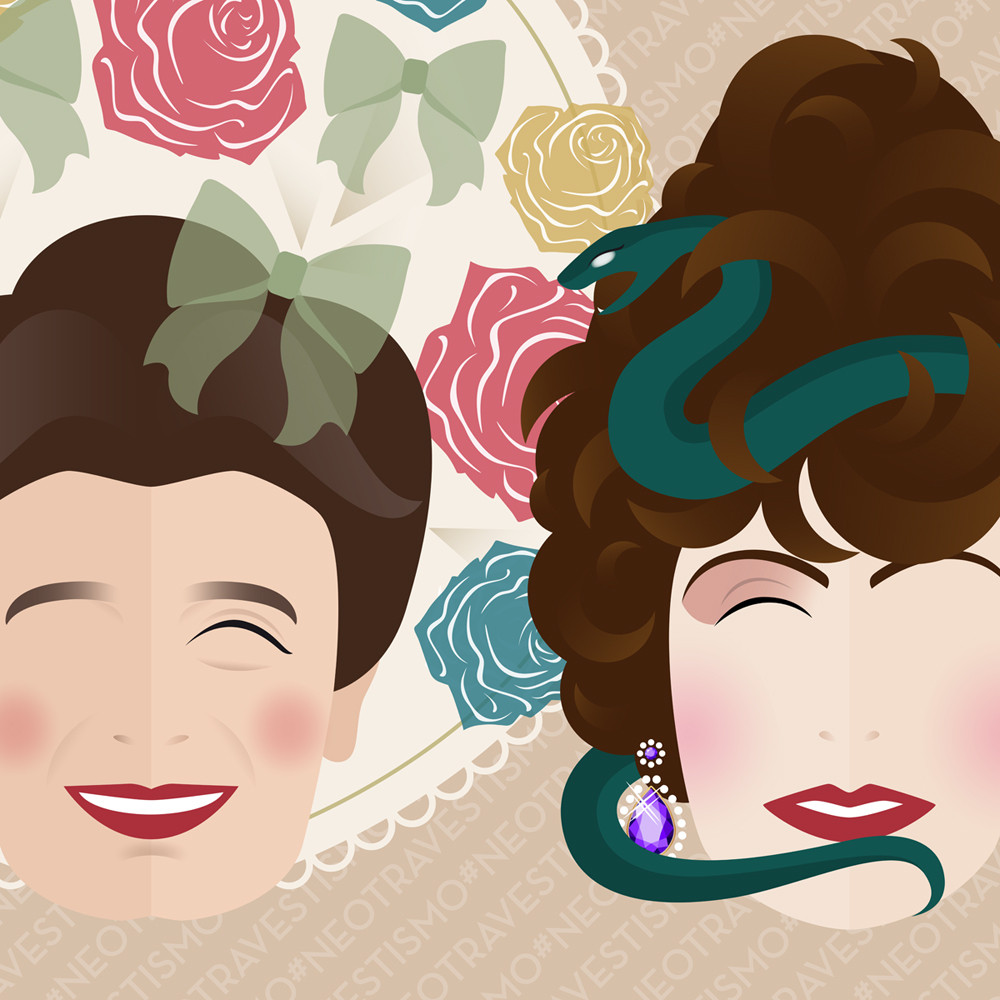

Pompon Manel Dalgo
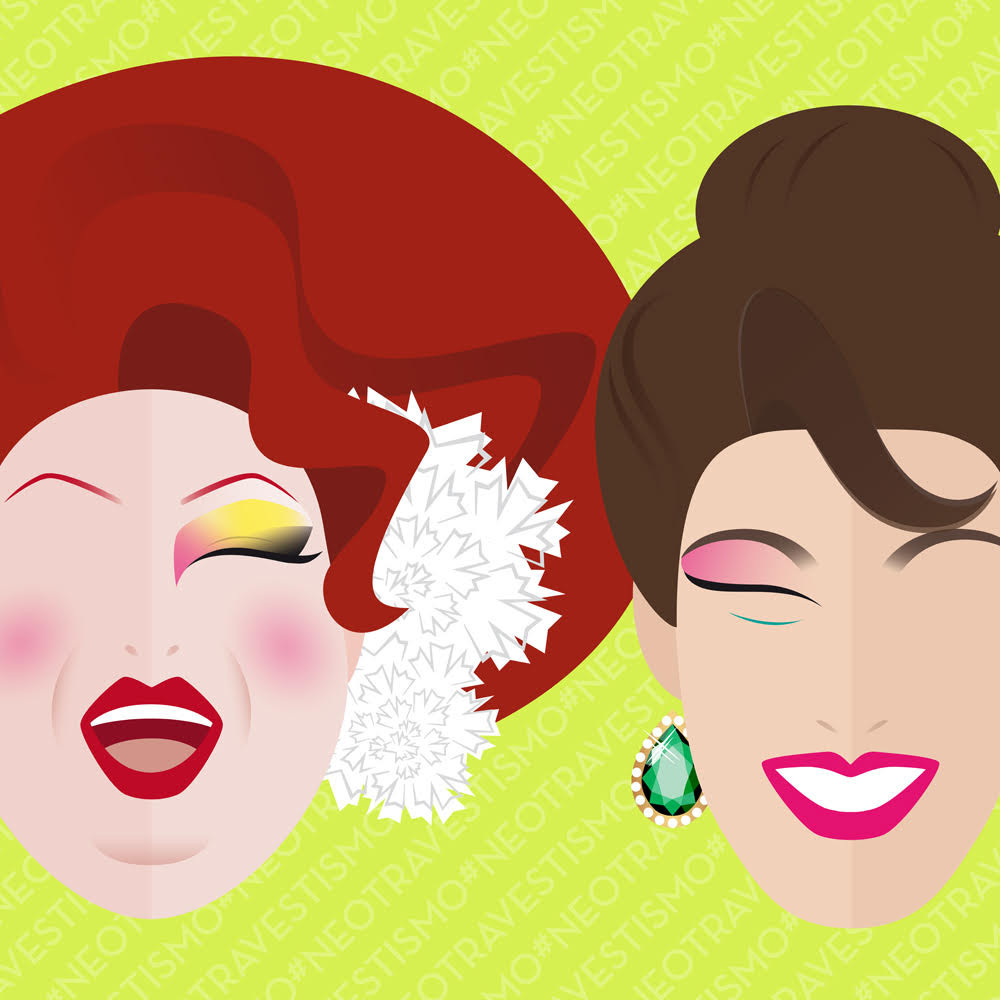

Gilda Love Lady Braga
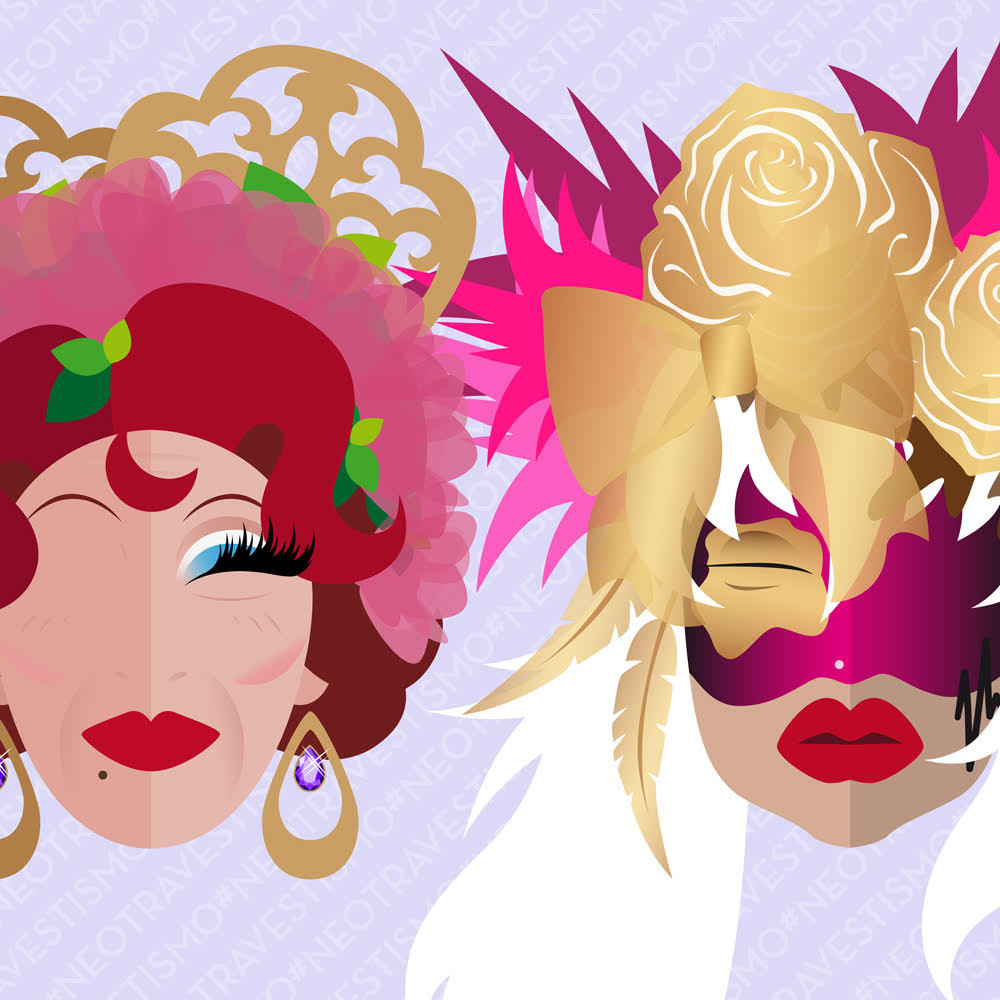

Vianor Mirco
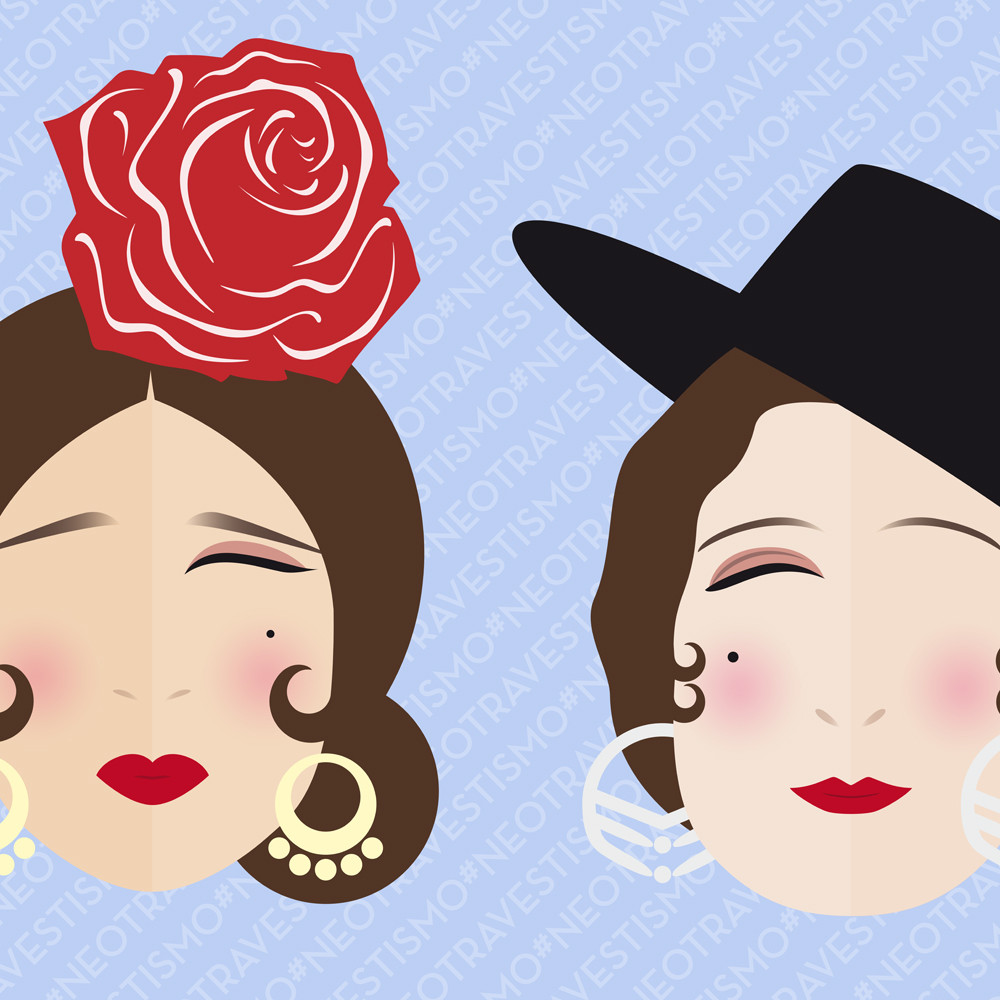

Pirondello Pierrot
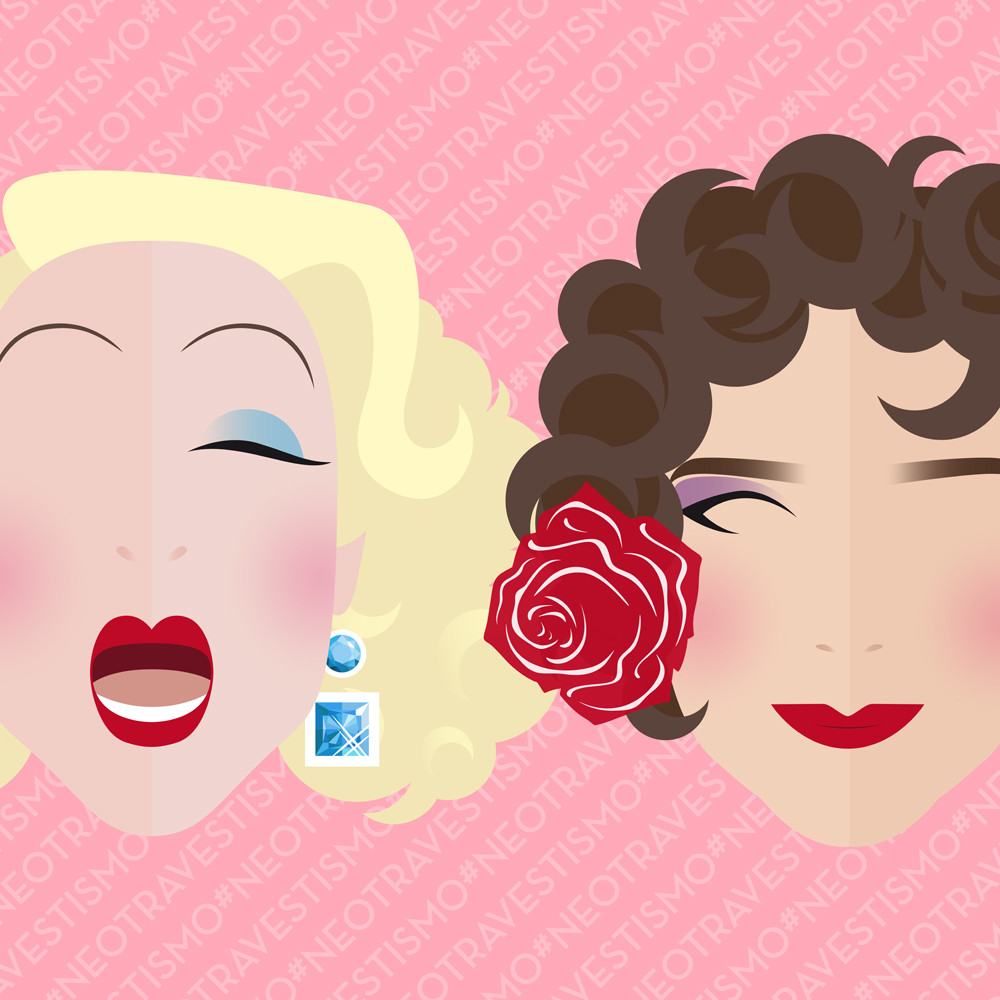

How do you live your gender, your identity and your expression? Do you identify yourself with transvestism, transformism or drag? Share in the forum!
JOYclub: What is that?


- With over 5 million members, JOYclub is a lively, sex-positive community that will turn your love life completely upside down.
- Whether you're male, female, trans, single or a couple, JOYclub is the place to discover and live out your erotic fantasies with other members (with your partner, if you like).
- Curious? Then register for free and without obligation and discover the fascinating JOYclub world. We are looking forward to meeting you!





